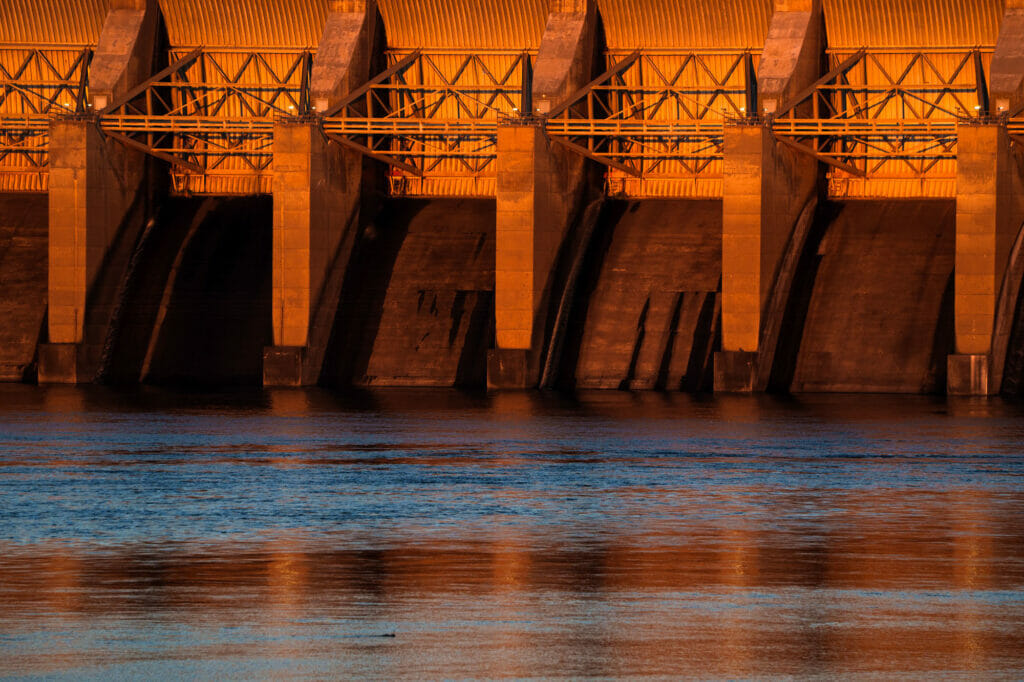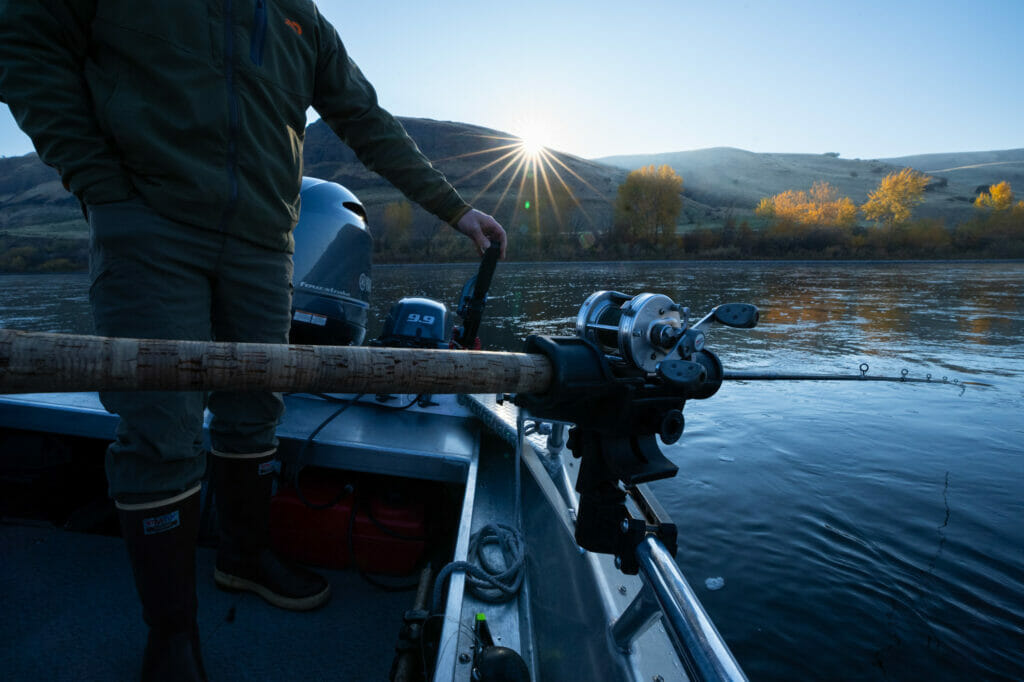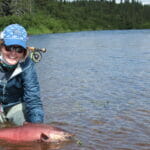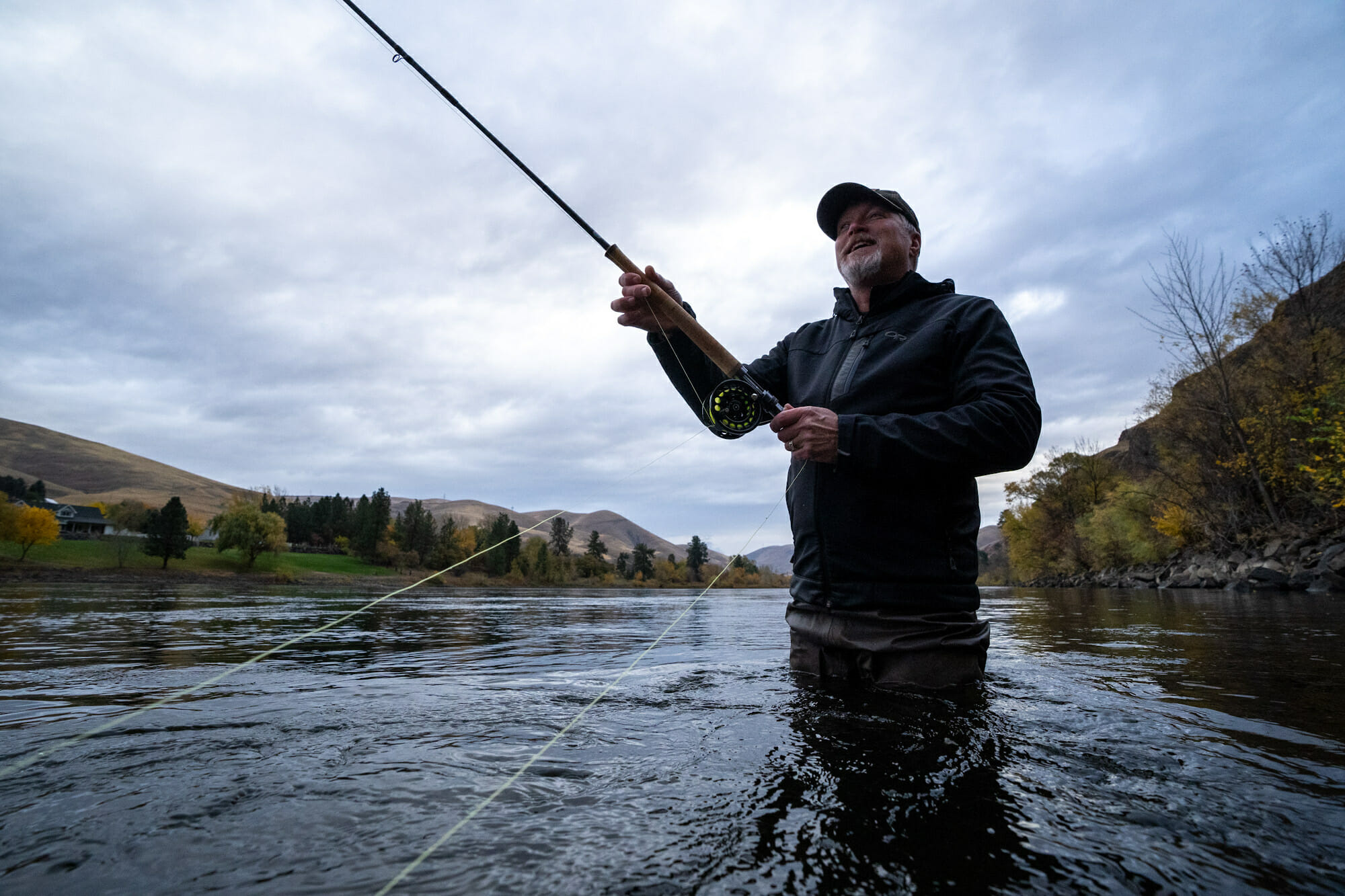Listen to the Emerging podcast, then visit tu.org/lowersnake to take action and help restore Snake River salmon and steelhead.
As anglers, many of us feel an innate duty to protect the places we love to fish. Our rivers, lakes and oceans are home to millions of species, and sometimes they need our help.
Pacific Northwest salmon and steelhead are no strangers to this struggle. Humans have dammed rivers for hydropower at the cost of these beautiful anadromous fish.

But what if we told you that there was a way to continue these economic and energy benefits while also allowing the salmon and steelhead to return to their natural habitat? This is what we discussed in the most recent episode of the Emerging podcast with Eric Crawford, North Idaho field coordinator for Trout Unlimited.
The science is clear: We need to remove the lower four Snake River dams if we want any shot at recovering salmon and steelhead populations in the Columbia River basin. TU is working on the front lines, both in the field and in Washington, D.C., to help breach the lower four Snake River dams and recover declining salmon and steelhead populations.

Join Cliff Watson and Libby Glaser of the TU Costa 5 Rivers Program, supported by Simms Fishing, to discuss the lower Snake River dams and why they need to be removed.
Find a link to the episode here:
Here is an excerpt from the conversation with Eric:
5 Rivers: Where is the Snake River and how do salmon get all the way to Idaho?
Eric Crawford: The Snake is the largest tributary to the Columbia River, which divides Washington and Oregon. The majority of the Snake River basin is in Idaho. There are portions in Northeast Washington and Eastern Oregon. In the past, the Snake River basin represented 50 percent of the returning salmon and steelhead to the mouth of the Columbia. So historically, 10 to 15 million salmon and steelhead returned to the mouth of the Columbia, and 50 percent of those were from the Snake River basin. In today’s times we can’t even fathom that number of fish coming back.
5 Rivers: What is threatening the return of these salmon and steelhead?
Eric: The threat begins in 1963 with the development of the lower Snake hydroelectric system. During the development of this hydroelectric system, we continued to see these declines in salmon and steelhead abundance, mainly in adult abundance as they returned to spawn wherever they emerged out of the gravel. So that’s the main threat and that’s where our attention is today.
A lot of people are probably thinking “Why today?” But it’s not just today: this fight has been going on since these dams were considered for construction, under construction, and completed, all the way up to today, because of these continued observations that the dams are not conducive to salmon and steelhead survival.
One of the pivotal points early in the ’90s would have been the listing of sockeye salmon on the Endangered Species list, which would be the first species to be listed in ’91, followed by spring, summer and fall chinook in ’92 and later by steelhead in ’97, which would be listed as threatened. Sockeye are considered endangered, and the other species are listed as threatened under the Endangered Species Act. That was a pivotal time when a lot of attention was brought to the situation. Since then, there’s been a continued awareness of the need to decrease mortality associated with the hydro system.
5 Rivers: So how did we get here today and why is this such an important conversation now?
Eric: In February 2021, Representative Mike Simpson of Idaho released a proposal after an estimated 300 to 500 conversations throughout the region with advocates and conservationists, but also agricultural and transport entities. Rep. Simpson and staff had these conversations and came up with this proposal to the tune of $30.5 billion to remove the lower Snake River dams, but also to invigorate the economy and redevelop infrastructure throughout the region.
Listen to the entire Emerging episode on Spotify or Apple podcasts. Stay tuned for the second segment in this lower Snake River series, featuring an interview with Shiva Rajbhandari and Asa Menlove of Idaho Conservation League’s Youth Salmon Protectors. If you have any questions or comments about the show, feel free to send them to 5rivers@TU.org.



